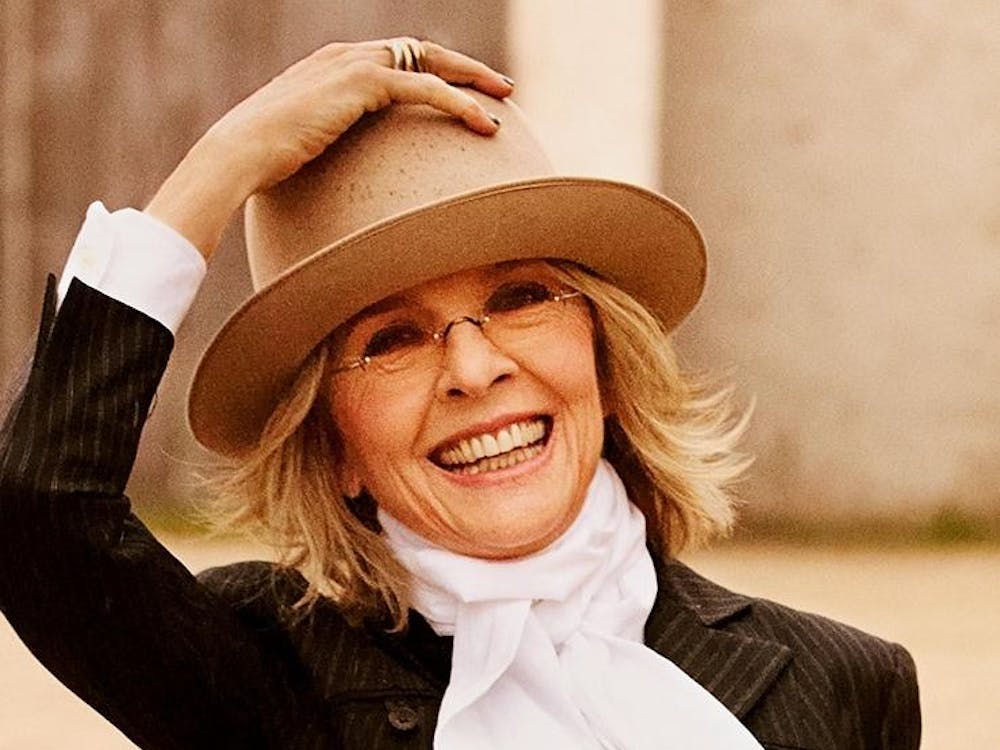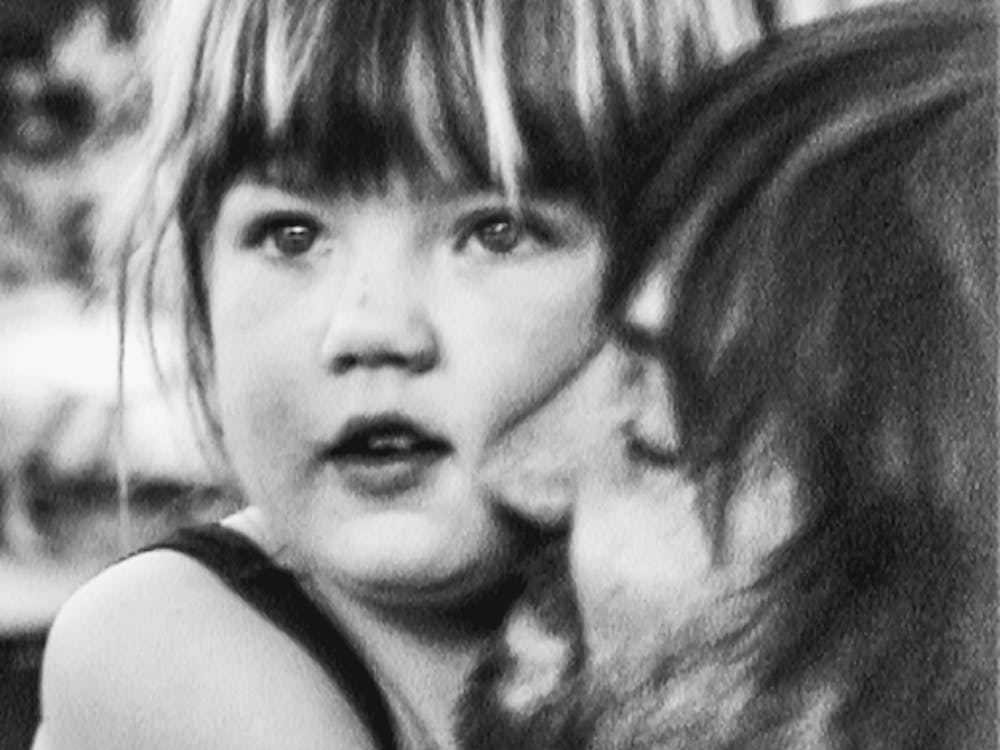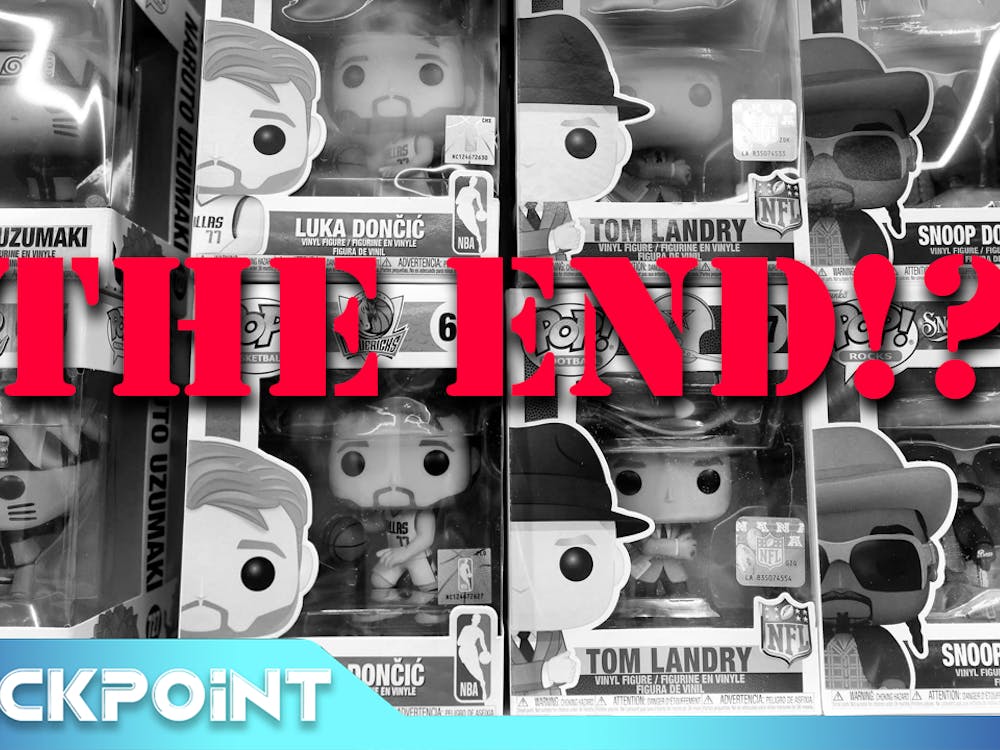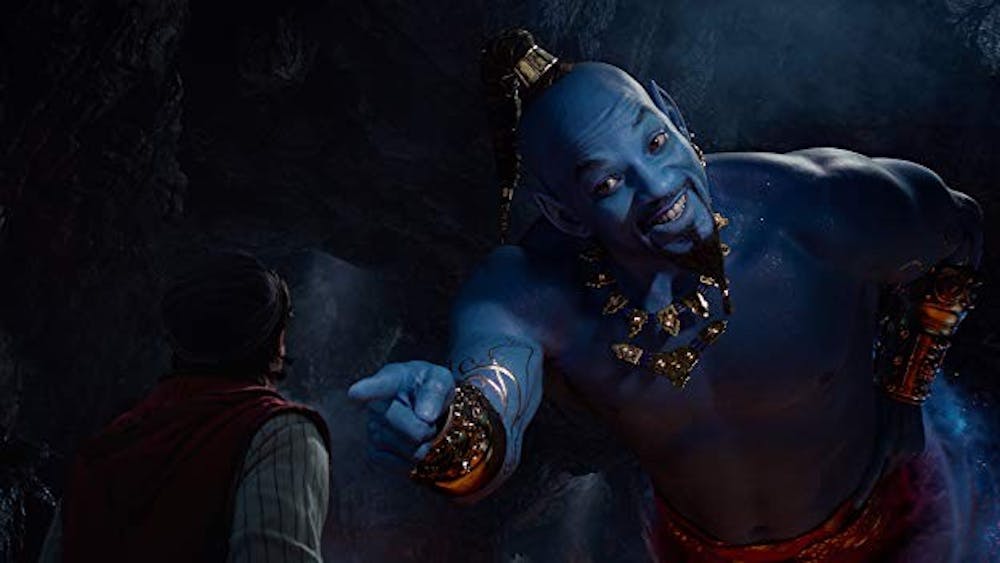by Olivia Weinzapfel
Public opinion on Disney’s live-action remakes, to no one’s surprise, is starting to shift toward a negative light. Some of the first classics that were recently remade, such as The Jungle Book orBeauty and the Beast, were alluring to life-long Disney fans; it was exciting for children and adults alike to see their favorite classics recreated in a life-like scene. It’s a great concept, but this can only be done so many times before these remakes start to lose their luster. That being said, why does it seem like Disney is making an effort to rework every single original?

Image from IMDB
Disney is loved by millions, regardless of demographics. After all, that’s a large part of what formed most of our fondest childhood memories. The sentiment of the classics is something that makes the live-action versions irresistible to us as near-adults. Additionally, it begs a question of standards; will it be as good as the classic? No one wants to miss out on an opportunity to see how well Disney will (or will not) recreate it, which continues to secure plenty of funds for the company. As long as the fanbase lets their nostalgia get the best of them, they’ll keep on paying to see these modernized versions of their favorite originals.
Sure, public opinion toward the idea of these remakes is becoming more bitter than sweet. The plain truth is, many of us are getting annoyed by seeming lack of originality from Disney’s producers. But what kind of multibillion-dollar company needs new ideas when they can still feed on the old ones? Creators are already well aware that we’re in love with the storylines and characters of the classics, so it’s an easy money grab. They can’t really be blamed for taking advantage of that convenience. Generally, success with a remake might depend on the success of the original. Some are more popular than others, but it’s doubtful that any of these remakes willturn out to be box office failures.
While creators know this is an easy success strategy, they still face challenges when it comes to putting a new creative twist on movies to add at least some kind of change. To spark a sense of novelty and add some differentiation, creators seem to rely on three things: visuals, famous actors, and new angles.
You could use just about any Disney live-action film as a great example of a movie with astounding visuals. It’s pretty safe to assume that producers have a large budget for effects and awe-inspiring scenery. We’re used to the cartoons, so they have to make it as visually interesting as possible as we juxtapose the original with the remake. This is a simple but effective tool thatgrabs hold of and maintains our attention span throughout a movie with a predictable outcome; it keeps our eyes glued to a screen even when we know almost exactly what events we’re about to see.
Another filmmaking reliance on live-action movies is casting. Disney casts almost all of Hollywood’s most recognizable and publicly loved actors and actresses for their movies. The Lion King, set to release in theaters by July 2019, has a cast full of famous leads and many other talented voice actors. This film will feature Donald Glover as Simba, James Earl Jones as Mufasa,Beyoncé as Nala, and Seth Rogan as Pumbaa, just to name a few. The movie hasn’t been released yet, but the cast list was announced early last year, and it immediately generated positive reactions. We don’t have to know anything else about the production to already be writing the release date on our calendars.

Image from IMDB
In some instances, however, casting choices might be a little questionable. Fans were probably thrown off-guard while watching the trailer for the next Disney remake, Aladdin. The end of thetrailer flashes a scene of the infamous genie emerging from the bottle, and his face is quickly recognized as Will Smith’s. In rare cases, this might excite some, but for many others, it might induce preconceived criticism. Based on standards set by the original movie, will Will Smith be able to live up to the legacy that Robin Williams left behind in the animated version? Williams is a widely loved and commemorated character in every role he played, so avoiding backlash withthis casting choice is tricky; this aspect of the movie alone regarding one of the main characters might make or break the film’s success.
As mentioned before, the same basic storyline still exists in both old and new versions. Creators can work their way around this in one of two ways: different angles or different time periods.
Taking a different angle or perspective on a plot is a refreshing way to recreate these stories. A good go-to method of pulling this off is filming a story from a villain’s perspective. This was beautifully executed in Maleficent, the 2014 version of Sleeping Beauty. We all know the tale, butit’s from another character’s perspective, one that was more or less overshadowed by theprotagonist in the early version. This makes the story all the more interesting, since we’re reintroduced to a character on an introspectively deeper level.
Another appealing method of recreation is the evolution of time. Winnie the Pooh, recently released as a live-action version entitled Christopher Robin, is shown in the perspective of Christopher Robin as an adult. This detail is a more relatable one for audience members. Most of us were kids when we first watched Winnie the Pooh, and now we get to see it with ChristopherRobin all grown-up, just like us. The nostalgia kicks us once again as we see our lives and struggles of growing up mirrored in filmmaking with a beloved classic character.

Image from IMDB
As long as Disney’s film creators continue to use these methods of reeling us and our nostalgia in, it’s easy to see why they are delivering remake after remake. As the generation who grew up watching Disney films, it makes sense that producers will be trying to remake as many as they can in the next few years while we’re becoming adults and reminiscing over our childhoods.
Images: IMDB
Featured Image: IMDB



















